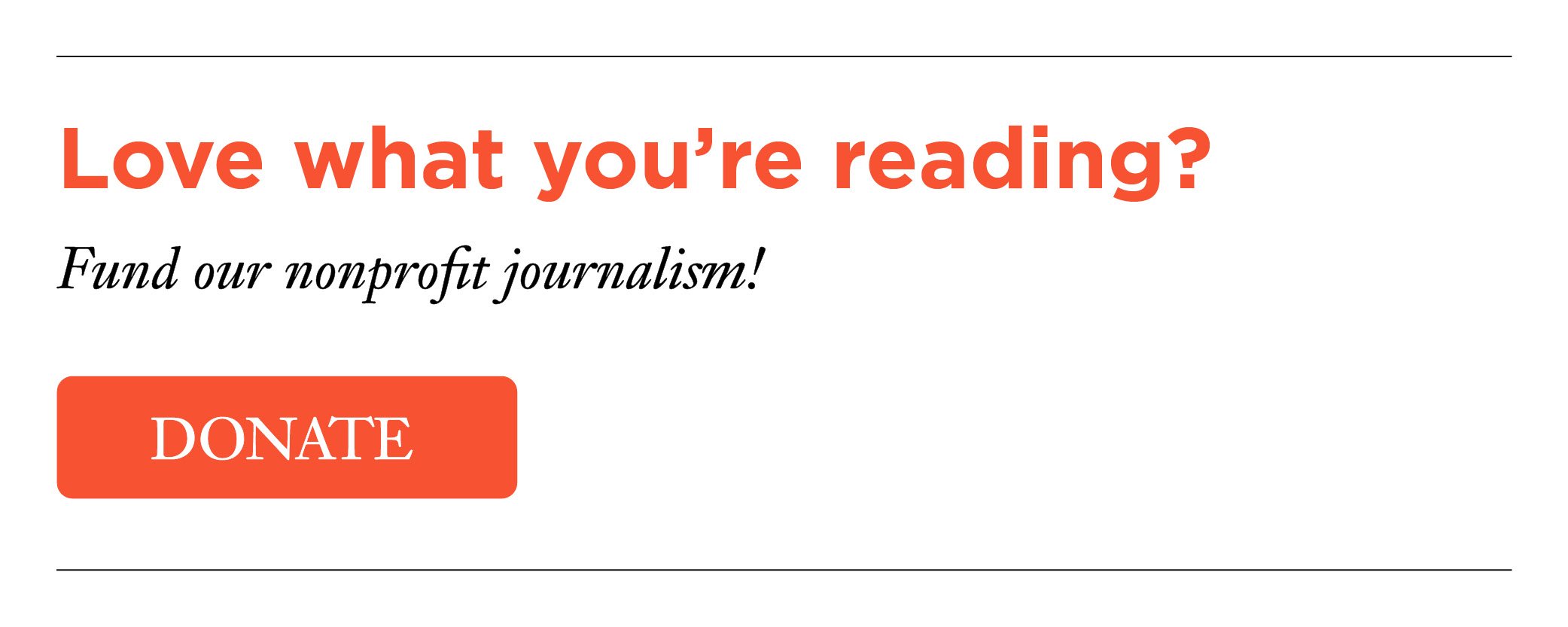
10 Things Every Jew Should Know Before They Go To College: An Illustrated Guide
By Emily Schrader and Blake Flayton, illustrations by Kimberly Brooks
Griffith Moon Publishing, 2025
10 Things Every Jew Should Know Before They Go to College by Emily Schrader and Blake Flayton presents itself as a practical, frank handbook for any and all Jewish students entering a new stage of life. Despite its title, this is not necessarily the case. The book starts out as a history and civics lesson on Israel and the Jewish people, and ends with a call for readers to consider making aliyah, just as the authors did—both topics with more ambition and gravity than a ten-step list can capture.
The book was published in February 2025, about seven months after virulent anti-Israel protests and encampments, some of which veered into overt antisemitism, broke out on college campuses across the United States. The issue is still current, of course: Just last week, the House Committee on Education and the Workforce held its most recent hearing on the topic of campus antisemitism, questioning the presidents of Georgetown University, UC Berkeley and the City University of New York about supposed invitations to antisemitic and racist speakers and other alleged offenses against Jewish students. The hearing marked the committee’s “second phase” of “an effort to understand why this wave of antisemitism was able to so easily consume the nation’s universities in the first place,” according to Michigan Republican Tim Walberg’s opening remarks.
Journalist and Iran analyst Emily Schrader and columnist and social media editor Blake Flayton are no strangers to this issue, although both were out of college when the October 7 Hamas attack occurred and campus protests ensued. Flayton attended George Washington University from 2018-2022 as an aspiring liberal activist carving out his place in the DC policy sphere. He has written on his Substack (Bourgeois Nationalist) that he felt alienated from peers who viewed Zionism almost as poison. Schrader, who attended the University of Southern California before making aliyah in 2015, told the Jewish Journal that she knew something had to change for her own safety and well-being, and that of her Jewish peers, after experiencing her first “Apartheid Week” on campus.
Writing on his Substack, Flayton describes his and Schrader’s motivations for writing the book as a unique mix of the personal and circumstantial. “So far, the mainstream Jewish community has failed to offer its young people content as useful as this book. Information on how to stand up for yourself is increasingly stratified by social media, fragmented by spokesmen with their own agendas, and suppressed by a well-funded, well-organized (far better organized than us) drumbeat of misinformation,” he writes. “This is what motivated us to put pen to paper.”
From a certain distance of time and space, Schrader and Flayton attempt to turn what they experienced into lessons for American Jews who are about to start their journey into higher education and campus life. The writing style is fairly simple but engaging and aimed toward a younger audience in a way that doesn’t necessarily demean readers. And it’s comprehensive, despite the fact that neither author is a current college student facing today’s forms of antisemitism on campus.
I experienced firsthand the more recent circumstances that elicited this book. The advent of the quad encampments and protests against Israel occurred during my freshman year in 2024. Although I am lucky to say that I did not personally experience any direct instance of antisemitism, I deeply felt the weight of the situation that I know affected many of my Jewish peers. But I found the book less than enlightening, less because I’ve been on a college campus more recently than the authors and more because of the knowledge I brought with me upon first arriving there.
The ten chapters of 10 Things that Every Jew Should Know Before They Go to College cover the history of Israel and Judaism, the politics of Israel today, modern antisemitism, the media’s role in it and, of course, the situation on college campuses. The authors’ subjective views emerge clearly only at the end.
In the explanatory chapters, the authors offer explanations of common terms and buzzwords that have flown around campuses—“jihad,” “globalize the intifada” and “from the river to the sea,” among others. Subsections of the book, which are illustrated with simple icons by Kimberly Brooks, spotlight terms, concepts and events that the authors deem worthy of a separate explanation. These include: “Recap: The Occupation in 60 Seconds,” which is a timeline of the rise of the PLO and the formation of Hezbollah; “Occupation,” their explanation of what is actually meant by the term “refugee camp” in Gaza; “Antisemitic Chants and What They Mean;” “Lies and Misconceptions,” which covers how the above terms can be, in the authors’ opinion, antisemitic in their implications; and more.
Schrader and Flayton do not shy away from flashpoints surrounding the issues of the Israel-Palestine conflict on campuses. Instead, they actively engage in the debate. As evident from some of the more evocative chapter names, such as “The Big O (Occupation)”—not to be confused with the aforementioned “Occupation”—they are not afraid to express their unapologetically Zionist opinions on controversial topics. Their intention is to teach readers to be similarly unafraid.
Much of this book, especially the first few chapters, will seem almost elementary for those who, like me, attended Hebrew school on a semi-regular basis throughout their childhoods. I underwent a comprehensive Hebrew school education, which included a Hebrew language and Jewish history curriculum, I had a bat mitzvah, and I currently attend a university with a sizable Jewish population. Needless to say, I already knew much of what this book seeks to explain. One could argue it’s not directed at me or others who had similar upbringings, but rather for Jews who had virtually no Jewish education growing up.
But this very simplicity raises a question—wouldn’t this book also be helpful to non-Jews entering college?
Schrader and Flayton write in their introduction that “This assault [against Jewish students on college campuses] is all the more effective given that too many diaspora Jews know very little about being Jewish, their history spanning millennia, or even where their cultural values come from. Young Jews, now more than ever, need basic literacy in geopolitics, Middle Eastern history, and media bias to even begin to argue let alone combat the lies they may encounter on and off the campus.”
However, they don’t connect the harm done by these protests, which have endangered the education and well-being of Jewish students, with any lack of knowledge by protesters about the history of Israel and the Israeli-Palestinian conflict.


Looking back at the 2024 campus protests, there are easy parallels to be drawn between the basic Israeli civics lessons this book discusses and how they could have remedied the knowledge gaps that led to so much ill-informed, even performative, activism that many students felt threatened by.
For example, in a May 2024 interview with Moment, Columbia student Zack Singerman, then 19, described his impression that student protesters, especially those who, as he said, “cannot point Israel out on a map,” are“very easily influenced.” A student who doesn’t know a lot about the conflict, he noted, may “start to think, ‘I’m okay with taking it a little bit farther, because these outside people, they agree with me, they’re just a little more aggressive about it…but then it starts to spiral out of control when [those protesters] are specifically there to cause trouble and violence.”
Not to veer too far into the hypothetical, but if the students Singerman mentioned—Jewish and non-Jewish alike—had had access to this book, they would at least be more informed in their protests. Although information alone would not fix campus antisemitism, it could be a start towards defusing simplistic, incendiary attacks on Jews and Israelis.
Chapter 10 of the book, titled “The Future,” is arguably the most pointedly ideological, and where it might stray from its applicability to a universal readership. It begins by briefly recapping what’s been discussed in the previous nine chapters, and memorably ends with a call for readers to consider making aliyah. It’s abrupt, and the suggestion feels jarringly contradictory to the pride that the authors otherwise hope to instill in Jewish-American students, as, well, Jewish Americans, so that they can hold their own on campus and not feel an imminent need to move away from it upon graduation.
Jessica Ackerman is an editorial intern at Moment and a student at American University studying journalism and political science.
